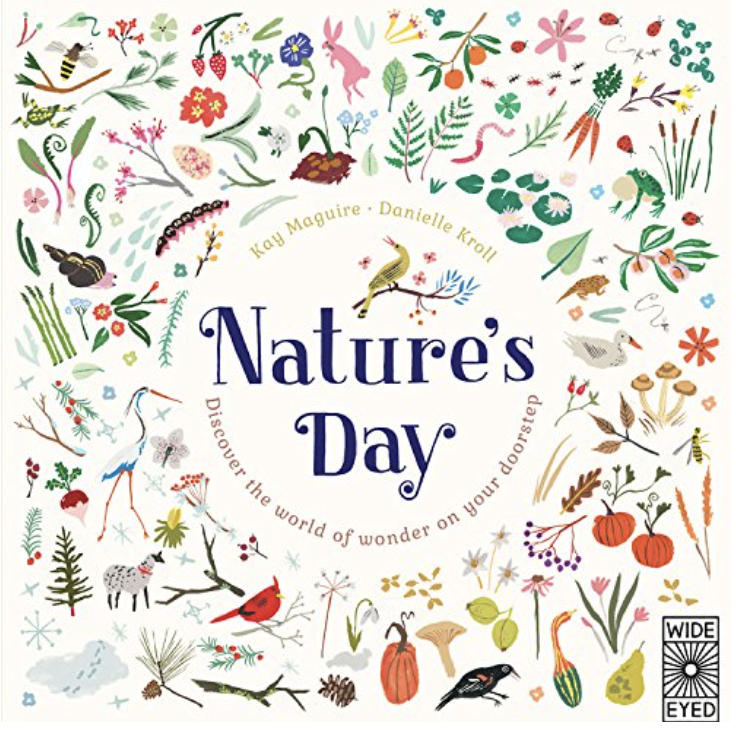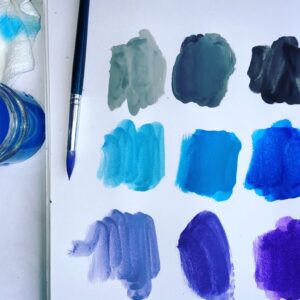
Today, I want to share a fun and educational activity for teaching children how to mix cool winter colors by using paint shades.
I will be sharing cool winter color mixing exercises you can try out with your students.
These exercises are designed to teach the basics of primary to secondary colors, then help children create interesting cool winter colors by creating shades.
Whether you choose watercolor, acrylic, craft paint, watercolors or basic tempera paints, you will be able to create these cool winter colors.
If you need a list of basic painting tools you can download this PDF.
If you need to know more about which paints work best for children check out my book Painting Work for elementary grades, and Early childhood guide for young students.
By integrating science and visual arts through teaching cool winter colors, you’ll captivate your students’ attention and foster a deeper appreciation for the beauty of nature.
As children start to learn color mixing skills, you can challenge them to create cool winter colors. Winter colors often appear cooler because of the lack of sunlight and colder temperatures.
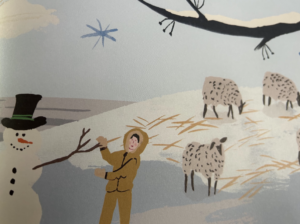
To begin, introduce children to the concept of cool and warm colors on the color wheel. I suggests starting with the basics of primary colors. Show children the primary colors (red, blue, and yellow) and explain that these colors are the building blocks for all other colors. If you need resources to teach these lesson you can get my Kids Color Theory Book, or Kids Color theory curriculum cover these basic lessons.
In my art teaching book “Kids Color Theory,” I delve into how mixing colors helps children understand how to create secondary colors, adjust values, and even create tints and shades. This knowledge empowers them to control colors and create specific moods in their artworks.
Next share how cool tones are created in art. You can also integrate science topics by discussing how the Earth tilts to create winter and why leaves change colors seasonally. Observing artworks with cool winter colors can help make fascinating connections for children. These images here are from some of my favoite books to share. These are examples of cool winter colors within artworks.
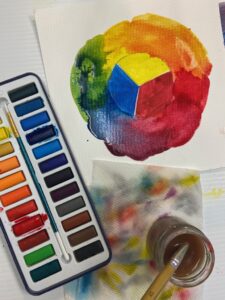
Cool Winter Colors
Start basic:
Teach children how to mix the primary colors to create secondary colors. For example, mixing blue and yellow creates green. Encourage children to experiment with these combinations and see the results for themselves.
Once children are familiar with the primary and secondary colors, it’s time to explore tints and shades. Tints are created by adding white to a color, while shades are created by adding black (watch video for visual demo). You can check out this youtube video demo where I share how to do both. I suggests practicing painting with just two colors first. This allows children to focus on mixing tints and shades without overwhelming them with too many colors.
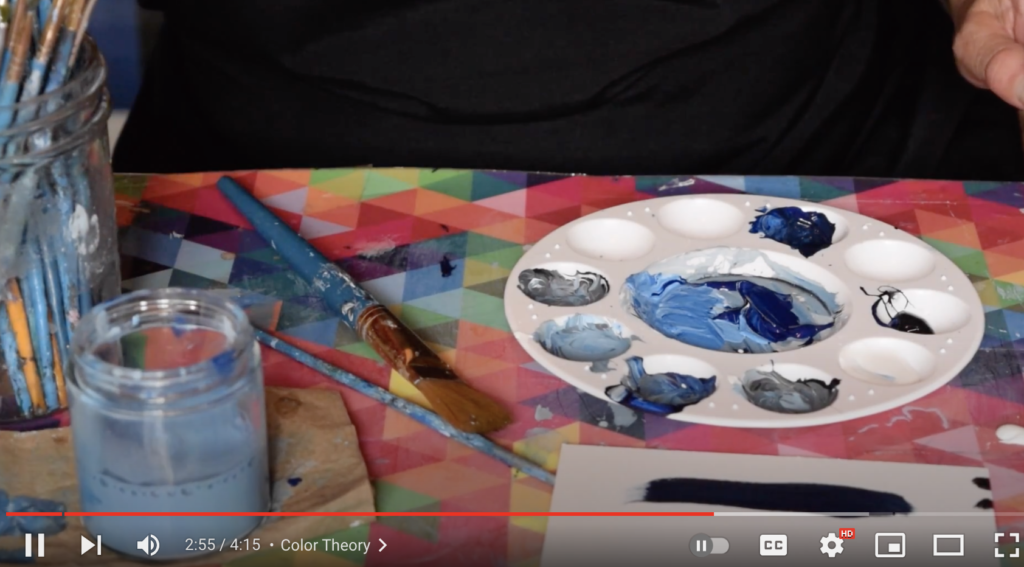
Now it’s time to mix the cool winter color artworks! Start with rainbow colors and show students how to create shades by adding black pigments to their paint. Explain that the reduced sunlight and colder days of winter affect the coloration of living plants and trees, causing the vibrant colors to change to cooler winter colors. They will be able to see their bright rainbow change to a cool winter rainbow.
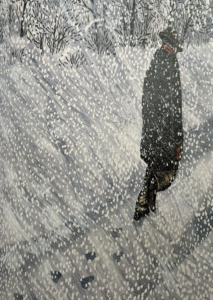
Encourage experimentation and exploration. Let students play with different combinations of colors to create their own unique cool winter shades. They can mix blues, purples, and greys to capture the serene and chilly essence of winter landscapes.
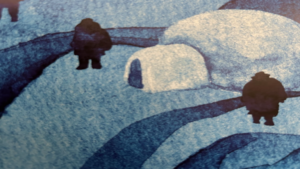
For example, you can have children mix blue and white to create different shades of light blue. To mimic those cool winter colors, encourage children to experiment with adding shades of black to their paint mixes. This can create a darker, colder appearance. Additionally, you can discuss how winter landscapes often contain black elements, such as storms, mountain ranges, and forests.
If you’re looking for more resources to teach color theory and other art-related topics, I recommend checking out my book and sequential curriculum designed for primary and elementary grades. You’ll find a wealth of valuable information and engaging activities to inspire young artists.
Happy Teaching!
Spramani Elaun
My book list:
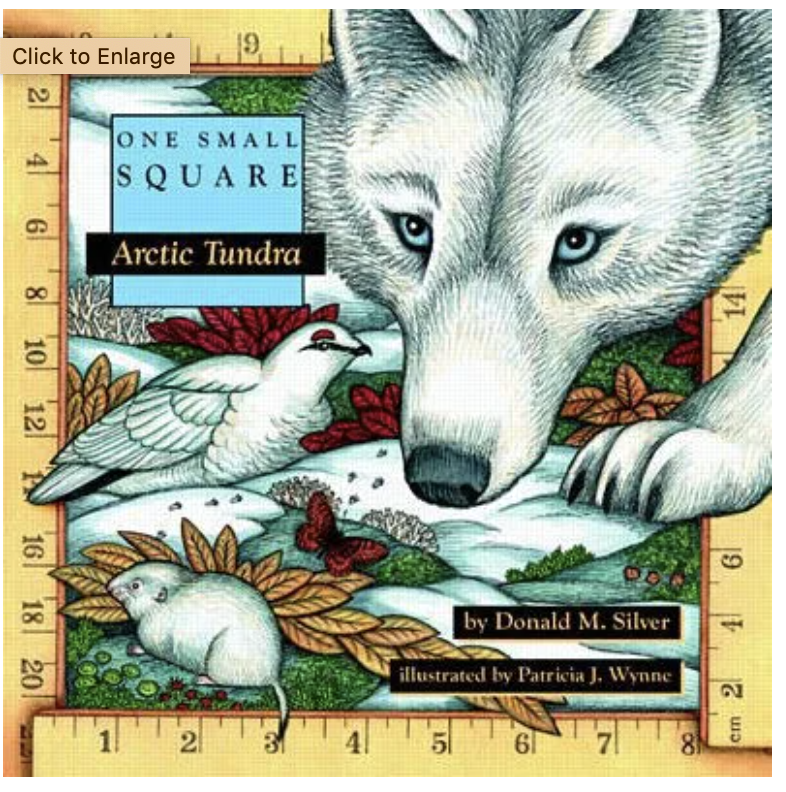
Arctic Tundra
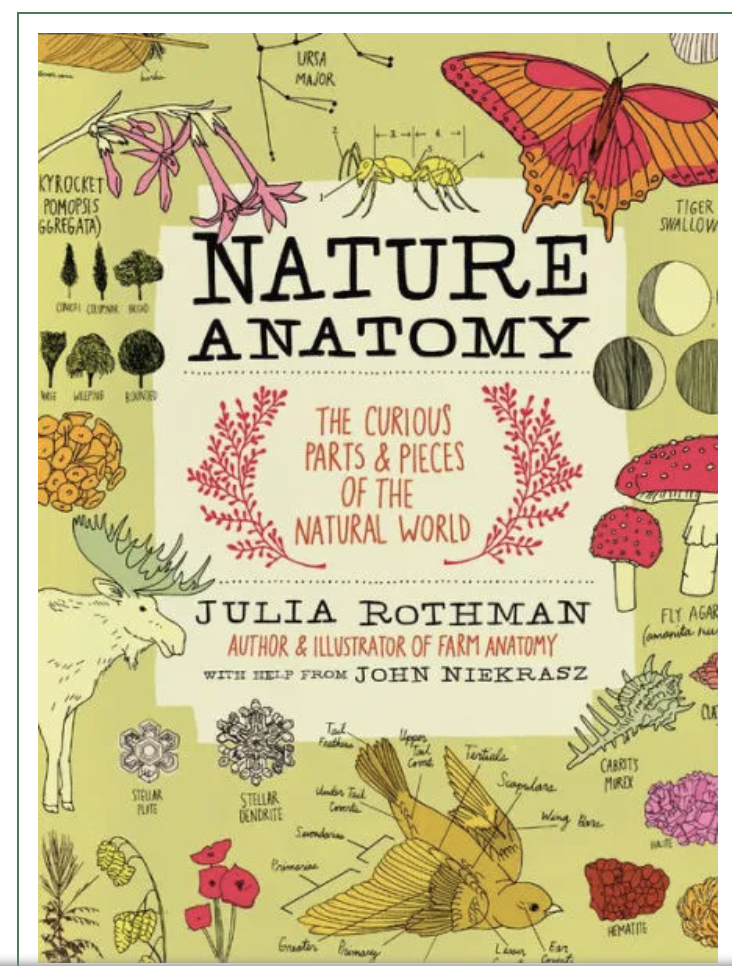
Nature Anatomy: The Curious Parts and Pieces of the Natural World
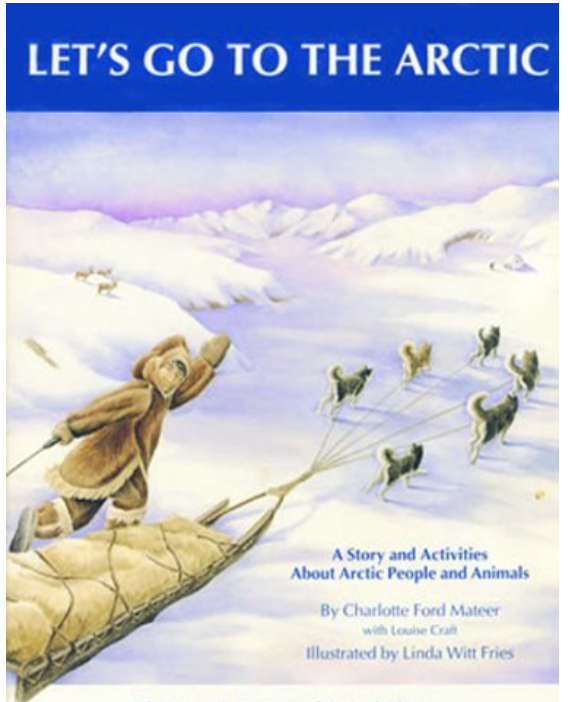
Let’s Go to the Arctic: A Story and Activities About Arctic People and Animals
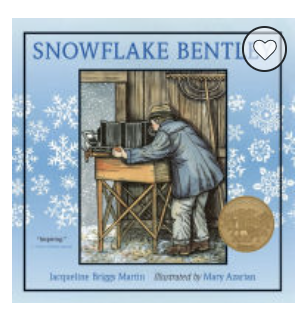
Snowflake Bentley
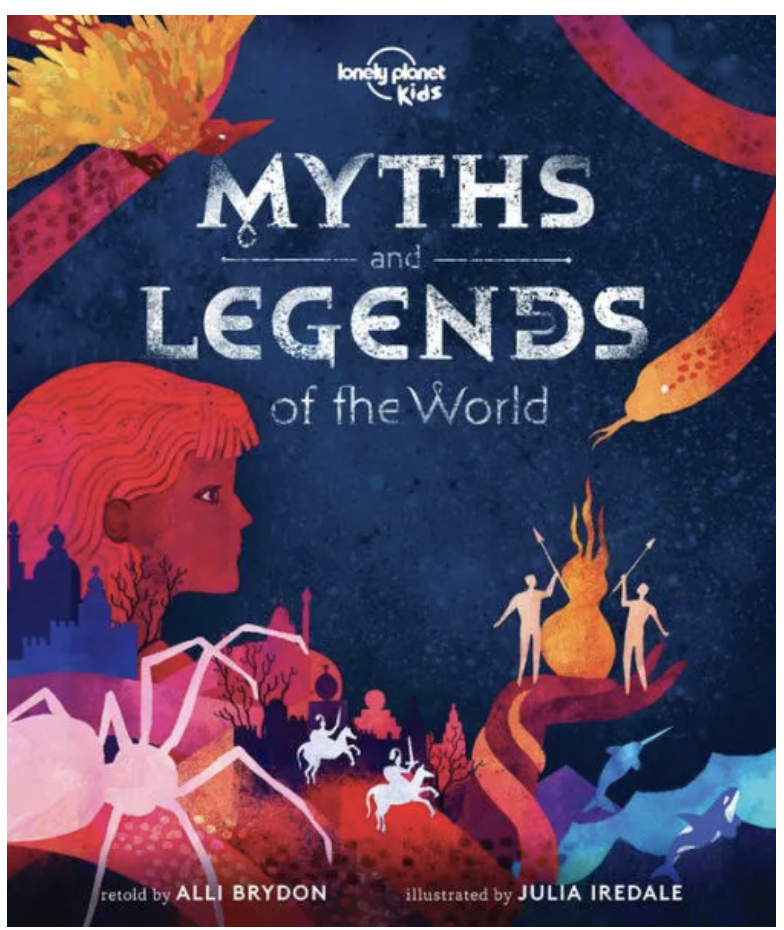
Myths and Legends of the World (Lonely Planet Kids)
